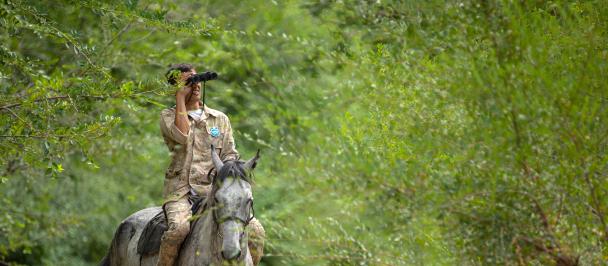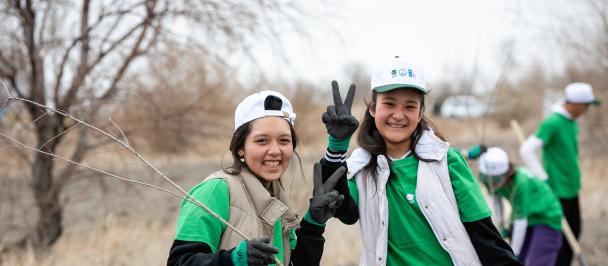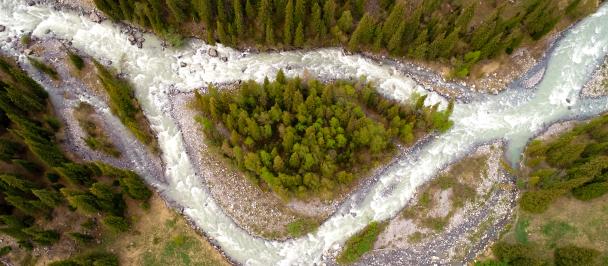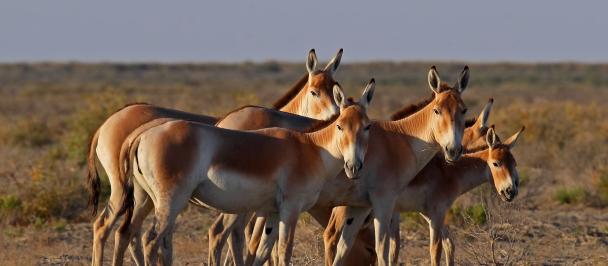Reforestation in Kazakhstan – a prime solution for protecting nature
June 14, 2022

Kazakhstan is a sparsely forested country – only 11.2 percent of its territory is covered with forest. Because of several natural zones, such as forest-steppe, semi-desert and desert, the country's forests are unevenly distributed. Thus, reforestation is a prime solution for combating the effects of climate change thereby helping to restore the biodiversity and contributing to the development of local communities.
Today Kazakhstan has achieved a significant success in increasing the forests area - over the past 10 years it increased by 8 percent and covers 13.6 million hectares. Hundreds of thousands of seedlings of valuable tree species are being planted in the country, millions of seeds are being collected.
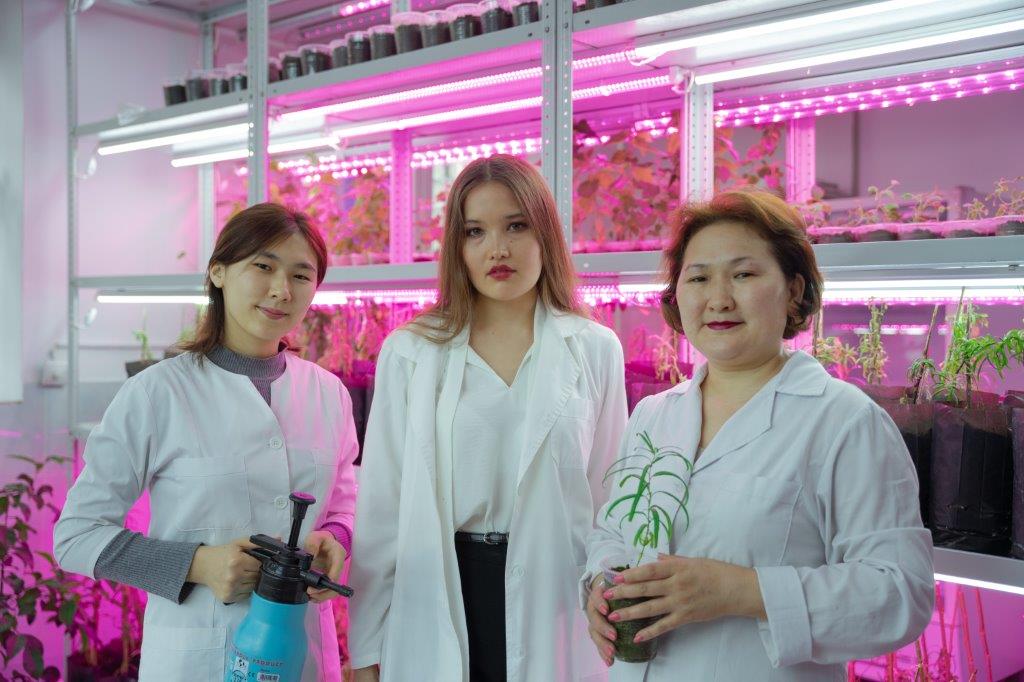
The Republican Forest Breeding and Seed Production Centre is contributing to the country’s reforestation by providing forestry husbandry with planting material of high genetic value and productivity. Today, the Centre has five branches in Kazakhstan, that are working on cultivating rare species, including Sievers apple, turanga, wild apricot and others.
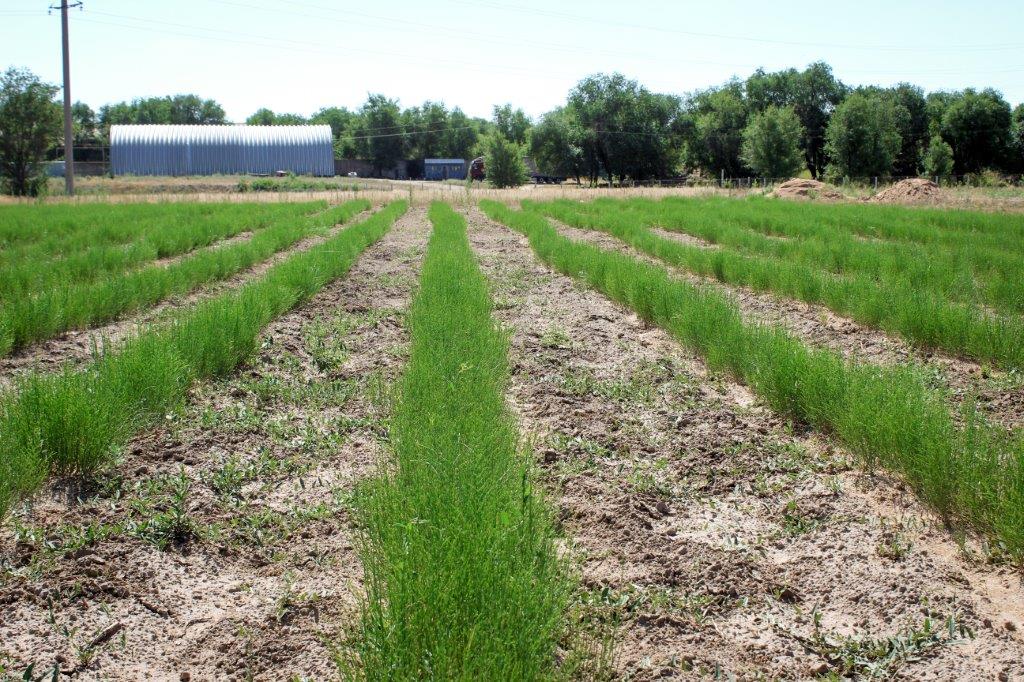
In total, the Centre is engaged in the cultivation of planting materials of 19 tree and shrub species, with the annual volume of planting material reaching 3 million seedlings. Specialists note that growing seedlings of valuable tree species is quite a labour intensive process that requires knowledge, equipment and the necessary conditions.
For several years, the Biotechnology Laboratory at the Southeast Branch of the Republican Forest Breeding and Seed Production Centre has been breeding such species. In 2015, with support from the UNDP and the Global Environment Facility (GEF) Project, 500 seedlings of relict turanga were first grown, which is important for the restoration of the ecosystem in desert and semi-desert regions.
The cultivation of turanga under laboratory conditions is a unique case since the earlier attempts to revive it artificially have not been successful. Today, the laboratory is successfully growing up to 2,000 seedlings of relict trees that are planted in the nurseries of the Centre for further transfer to forest farms.
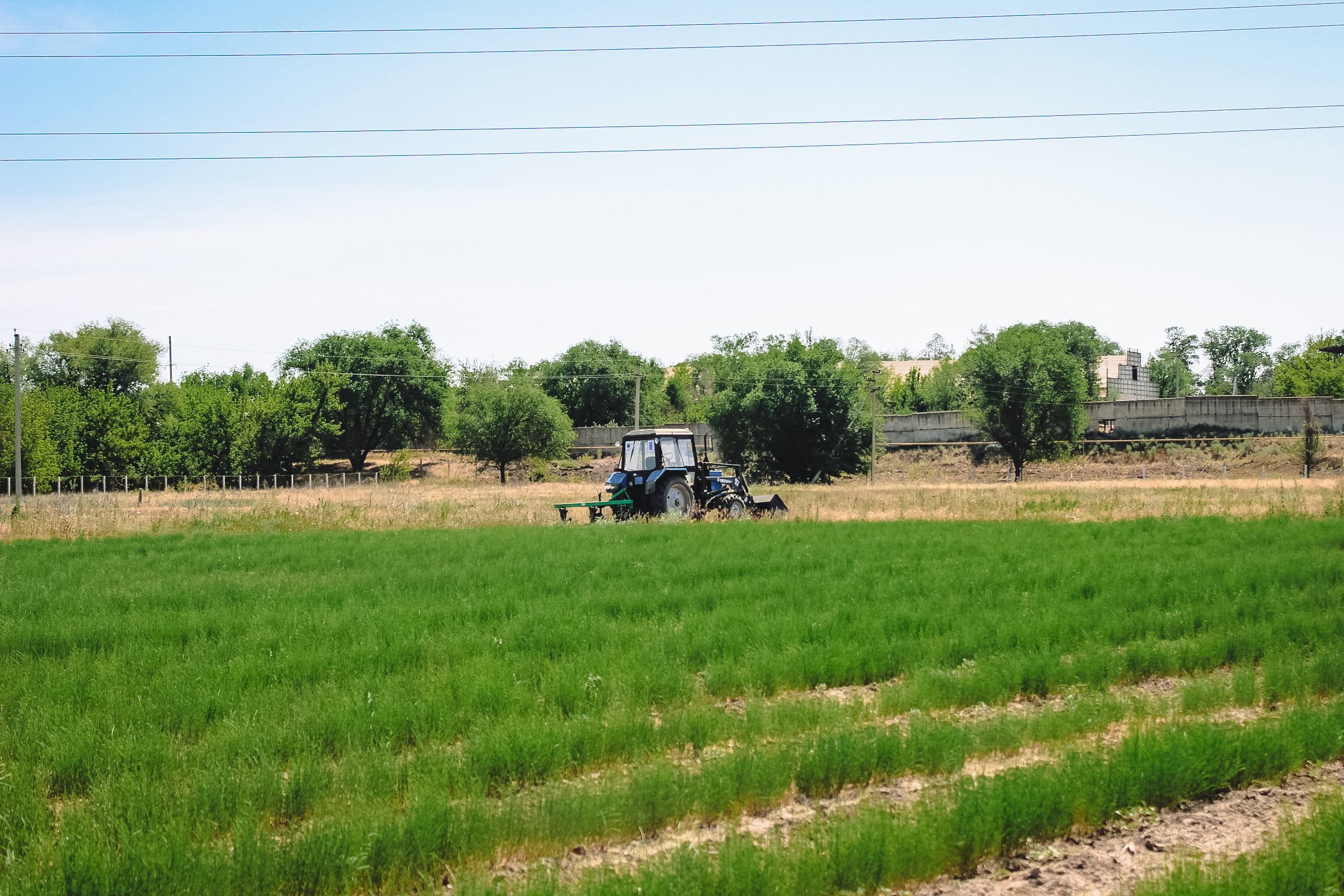
It should be noted that 600,000 units of valuable tree and shrub species are grown in the Mezhdurechensk forest nursery at the Southeast Branch, including 300,000 black saxaul seedlings, widely used in arid regions of Kazakhstan to counteract the desertification processes.
Desertification and land degradation are the most pressing environmental problems for Kazakhstan – today about 60 percent of the country's land is affected by desertification.
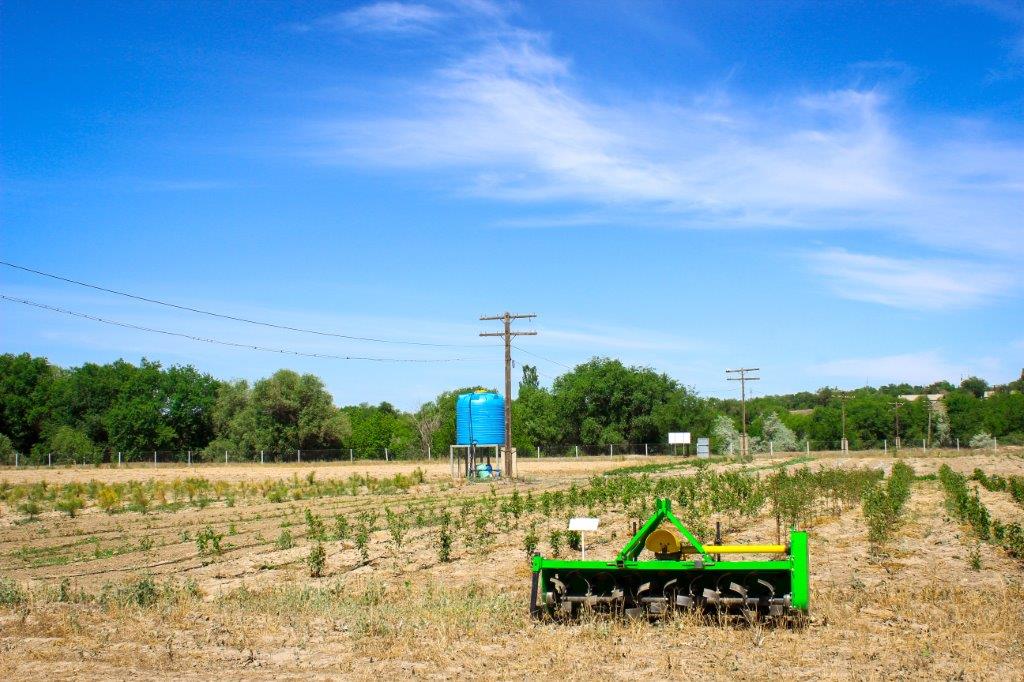
Currently, the Mezhdurechensk forest nursery, established in 2019 with UNDP-GEF support, is a successful example of sustainable reforestation. In just two years of activities, 340,000 black saxaul seedlings planted on 200 hectares were grown and transferred to forest protection enterprises.
Currently, field testing of a seed drill for sowing saxaul seeds is being conducted. Its design was developed within the framework of the UNDP Forest Project, since the sowing of saxaul is carried out by forestry institutions either manually or using homemade equipment.
After approval and the issuing the necessary documents, the plan is for mass production and for further application in forestry sector. The use of seeder will reduce the cost of human resources, help to carry out timely sowing and increase productivity during the planting season.
In recent years, Kazakhstan has experienced a positive trend of reforestation ensuring the stability of natural ecosystems due to the joint initiative of UNDP and the Republican Forest Breeding and Seed Production Centre. The initiative falls within the UN Decade on Ecosystem Restoration (2021-2030), which aims to protect and restore millions of forest hectares for people and wildlife around the world.

 Locations
Locations